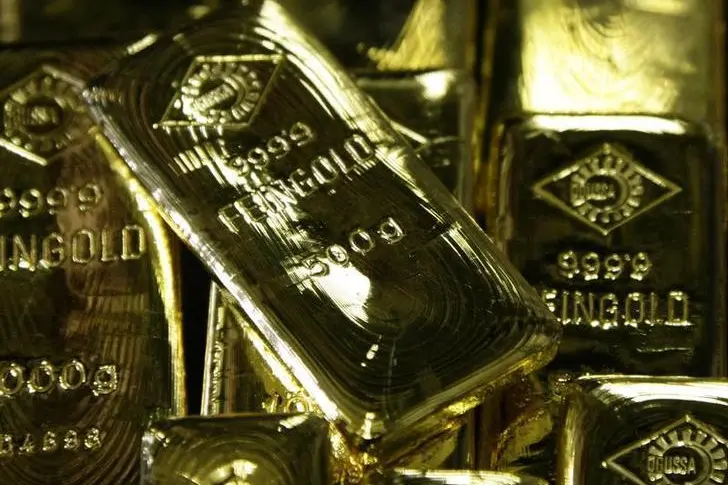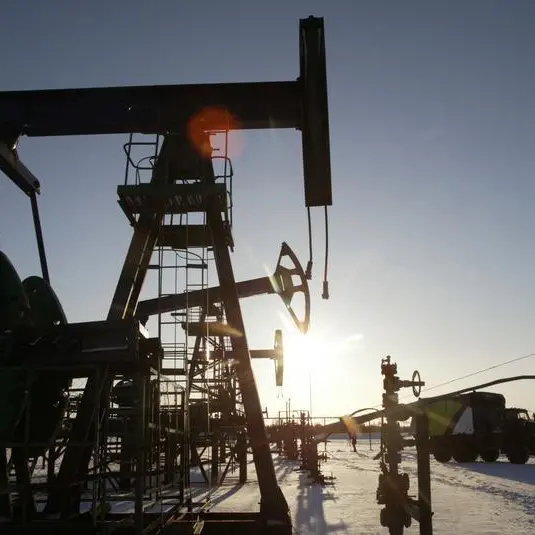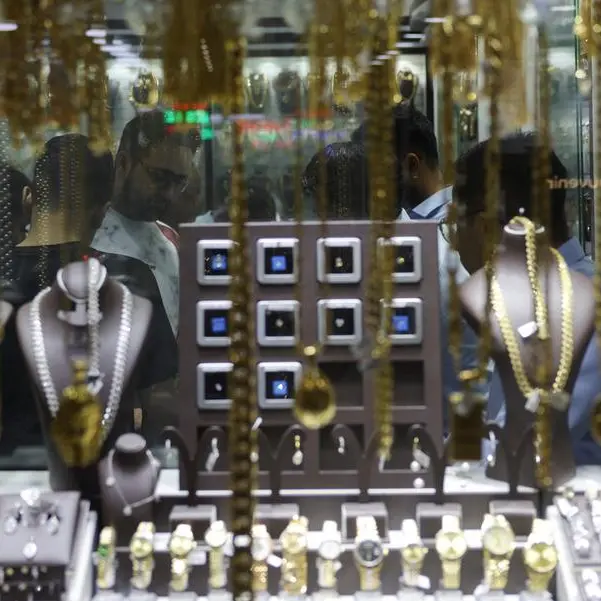PHOTO
Gold prices edged up but traded in a relatively tight range on Thursday as traders squared positions before the U.S. jobs data that could influence the Federal Reserve's monetary policy path.
Spot gold was up 0.2% at $1,817.76 per ounce, as of 1232 GMT, after hitting its lowest since Feb. 28 on Wednesday.
The dollar index slipped 0.3% after hitting a three-month high in the previous session. A weaker greenback tends to make bullion a more attractive bet.
U.S. gold futures firmed 0.2% at $1,822.40.
Gold is slightly up as people are buying on the price dip, but things are not looking terribly encouraging for gold with the prospect of higher for longer rates, independent analyst Ross Norman said.
On Wednesday, Fed Chair Jerome Powell reaffirmed his message of higher and potentially faster interest rate hikes, but emphasized that debate was still underway with a decision hinging on data to be issued before the U.S. central bank's policy meeting in two weeks.
The U.S. Labor Department's nonfarm payrolls (NFP) data is due on Friday.
Friday's NFP data will be closely scrutinised by traders for confirmation that the jobs market remains strong and thus economy is robust enough to take rate hikes, but a report below forecasts would play into gold's hands, Norman said.
Market participants are currently pricing in a 50-basis-point hike at the U.S. central bank's March 21-22 policy meeting.
"Gold continues to benefit from central bank demand, which is unlikely to go away. The timing of peak rate and the scale of the economic slowdown will determine the timing of the next move higher to a fresh record in gold," Ole Hansen, head of commodity strategy at Saxo Bank, told the Global Markets Forum chatroom on Refinitiv Eikon.
Spot silver gained 0.5% at $20.10 per ounce, platinum rose 1.1% to $947.56, while palladium lost 0.5% at $1,366.72.
(Reporting by Ashitha Shivaprasad in Bengaluru; Additional reporting by Nishara Karuvalli Pathikkal; Editing by Shilpi Majumdar)





















